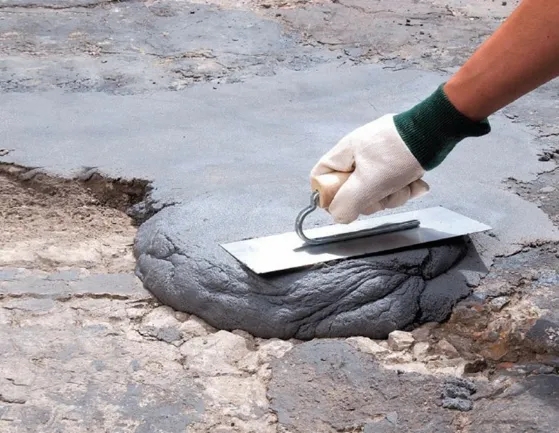- Time:2023/10/12Posted:SHANDONG KUNDU CHEMICAL CO.,LTD.
In the realm of modern construction and architecture, building coatings play a pivotal role. They not only enhance the aesthetics of a structure but also provide essential protection against harsh environmental conditions. One key ingredient that has been gaining recognition in the formulation of building coatings is Hydroxypropyl Methylcellulose (HPMC). In this article, we will delve into the applications and advantages of HPMC in building coatings, showcasing how this versatile compound is revolutionizing the construction industry.
Understanding Hydroxypropyl Methylcellulose (HPMC)
Before we dive into its applications, let's unravel the essence of HPMC. It is a synthetic compound derived from cellulose, which is a natural polymer found in plant cell walls. Through a series of chemical modifications, cellulose is transformed into HPMC. The result is a white, odorless powder that exhibits remarkable versatility and properties, making it an ideal candidate for various industrial applications.
HPMC in Building Coatings: The Versatile Wonder
1. Improved Adhesion
One of the most remarkable qualities of HPMC in building coatings is its ability to improve adhesion. When incorporated into coatings, it forms a strong bond between the coating and the substrate, ensuring that the coating adheres effectively to the surface. This enhanced adhesion is critical for long-term durability.
2. Water Retention
In building coatings, maintaining the right level of moisture is vital during and after application. HPMC acts as a water retention agent, preventing the coating from drying out too quickly. This feature ensures that the coating can cure properly, which is essential for its effectiveness in protecting the building.
3. Consistency and Workability
Achieving the right consistency in building coatings can be challenging. HPMC serves as a thickening agent, allowing for precise control over the viscosity of the coating. This property greatly enhances the workability of the coating, making it easier to apply evenly.
4. Crack Resistance
Cracks in building coatings can lead to moisture infiltration and reduced structural integrity. HPMC helps enhance the flexibility of coatings, reducing the likelihood of cracking, especially in areas prone to structural movement.
5. Resistance to Sagging
Sagging or dripping of coatings during application can lead to uneven coverage and potential rework. HPMC helps in preventing sagging, ensuring a smooth and consistent application.

Sustainable Solutions with HPMC
In today's construction industry, the push for sustainability is stronger than ever. HPMC aligns with this goal in several ways:
1. Eco-Friendly
HPMC is derived from renewable resources, making it an eco-friendly choice for building coatings. It is biodegradable and does not harm the environment.
2. Reduced Waste
The improved workability and consistency brought by HPMC result in less coating wastage during application. This reduction in waste is not only environmentally friendly but also cost-effective.
Future Applications
The versatility of HPMC extends beyond its current applications in building coatings. Researchers and innovators are exploring its potential in various other areas of construction, including but not limited to:
1. Admixtures in dry set mortar
By adding HPMC to dry set mortar, it can enhance its workability and reduce the water-cement ratio. This, in turn, increases the strength and durability of the dry mix mortar.
2. Tiling Adhesives
HPMC can improve the bonding properties of tiles adhesives, ensuring that tiles remain securely in place, even in high-moisture areas.
Conclusion
Hydroxypropyl Methylcellulose (HPMC) has emerged as a game-changer in the field of building coatings. Its unique properties, such as improved adhesion, water retention, and crack resistance, make it an invaluable addition to the construction industry. Moreover, its sustainable and eco-friendly attributes align with the global drive toward more environmentally responsible practices in construction. As research continues to uncover new applications, the future looks promising for HPMC in construction, where it will undoubtedly play a pivotal role in shaping the industry.
So, if you're in search of an innovative solution for your building coating needs, consider formulations containing HPMC, and experience the difference it can make in terms of adhesion, durability, and environmental responsibility.
If you want to read more information about Hydroxypropyl Methylcellulose (HPMC), just visit [https://www.kdochem.com/contact-us.html]





